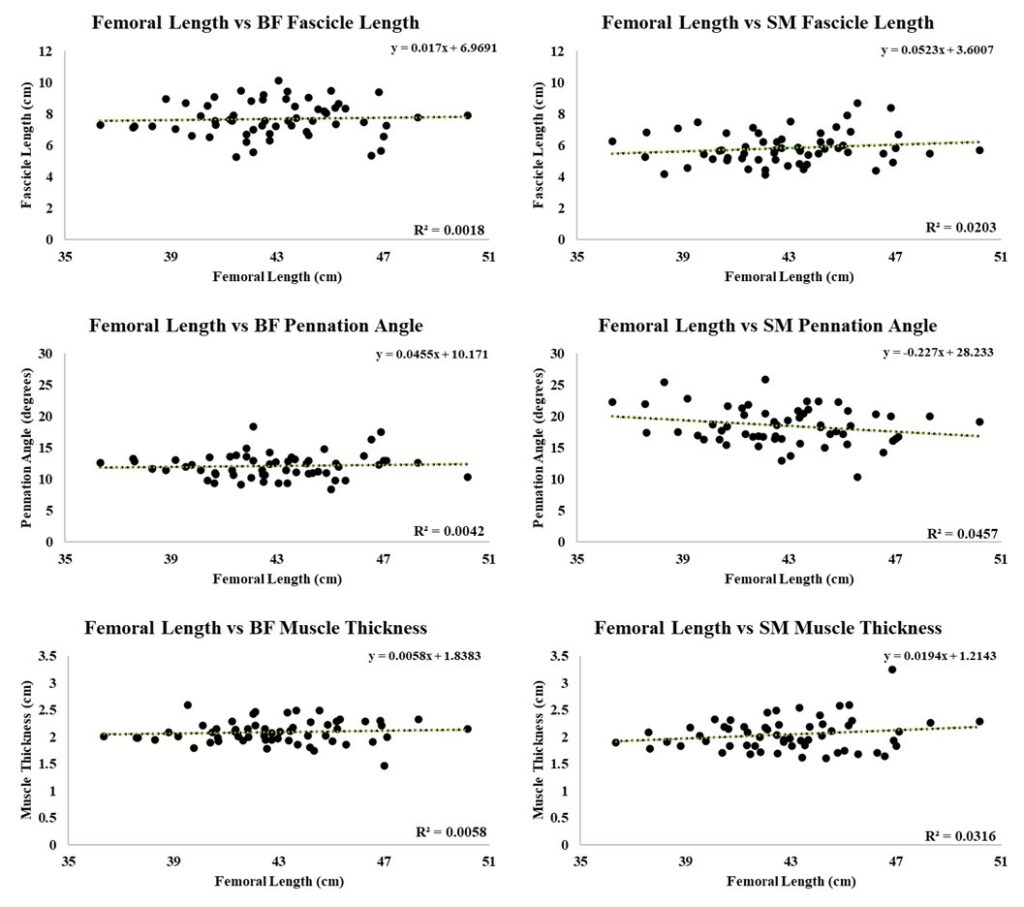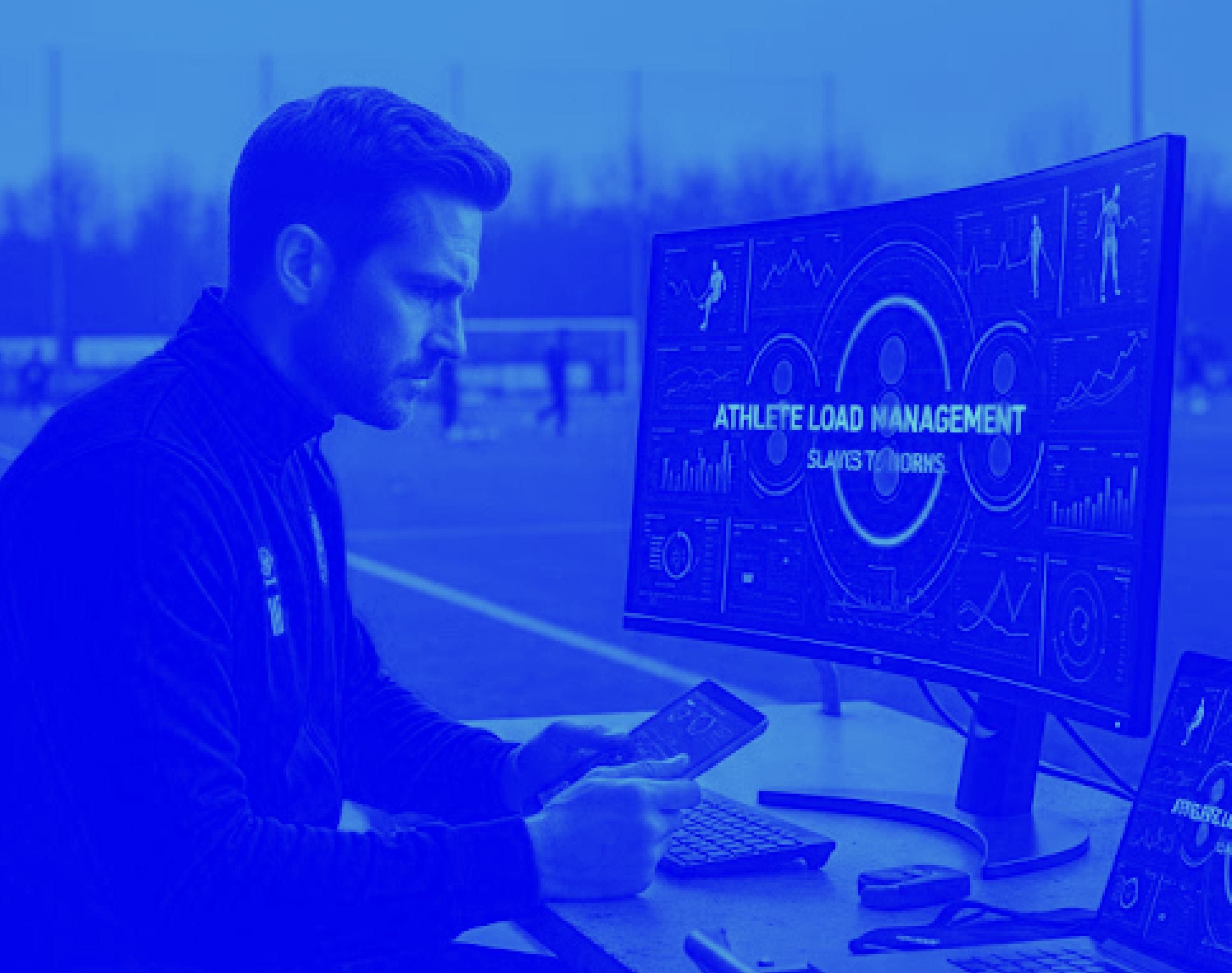Correlations between hamstring muscle architecture, maturation and anthropometric measures in academy soccer players
Brown M, Buchheit M, Lacome M, Hader K, Guilhem G. Correlations between hamstring muscle architecture, maturation and anthropometric measures in academy soccer players. IJSPP, 2023, In press.
Abstract
Purpose: Muscle architecture is associated with motor performance and muscle injury. While muscle architecture and knee-flexor eccentric strength change with growth, the influence of anthropometric measures on these properties is rarely considered. This study aimed to investigate the relationship between hamstring muscle architecture and knee-flexor eccentric strength with anthropometric measurements.
Methods: Sixty male footballers (16.6±1.05years) from the U16, U17 and U19 teams of an elite soccer club were included in this study. Fascicle length, pennation angle and muscle thickness of the bicep femoris long-head (BFlh) and semimembranosus (SM) muscles were measured in both legs using ultrasound. Knee-flexor eccentric strength, height, body mass (BM), leg length, femur length and peak-height velocity (PHV) were measured within 1-week of the ultrasound images. A stepwise regression, and one-way analysis of variance (ANOVA) tests were used to evaluate the effects of age, maturity and anthropometric measurements on muscle properties.
Results: Variance within BFlh and SM muscle thickness (r<0.61), SM pennation angle (r<0.58) and knee-flexor eccentric strength (r=0.50) were highly related to BM. We observed no significant correlations between muscle architecture and age (p>0.29). However, moderately greater BFlh muscle thickness was shown for the post-PHV compared to the PHV group (ES±90%CL;0.72±0.49).
Conclusions: In conclusion, weak correlations between muscle architecture and anthropometric measurements suggests that other factors (i.e., genetics, training regime) influence muscle architecture. The moderate effect of maturity on BFlh muscle thickness strongly suggests post-PHV hypertrophy of the BFlh muscle. Our results confirmed previous findings that eccentric knee-flexor strength is influenced by BM.
Keywords:
Musculoskeletal Imaging, Fascicle Length, Pennation Angle, Muscle Thickness, Maturity Offset

Figure 1. Typical example of the methods employed to extract muscle architecture from an ultrasound extended field of view scan of the semimembranosus muscle (A). Superficial and deep aponeuroses, and clearly visible fascicles (between 3 to 5 for each scan, 4 in the current example) are first labeled over 10 points from the ultrasound image using Image J software (B). The x-y coordinates of the label dots are recorded (C). The coordinates of the two aponeuroses and fascicles are then fitted using a second-degree polynomial order function to finally compute the fascicle length and pennation angle (D). Fascicle length was computed as the sum of the distance between each point of the fit. Pennation angle was computed as the average of the pennation angle computed at 25, 50, 75 and 100% of the fascicle length between the two aponeuroses. (E). An example of an image captured that was of slightly lower quality. The lower aponeurosis is more difficult to identify towards the proximal and distal ends of the image.

Figure 2. Linear regression graphs showing the relationships between the femoral length of the participants compared to muscle architecture measures (fascicle length, pennation angle, and muscle thickness) for the bicep femoris long head (BFlh) and Semimembranosus (SM) muscles.



